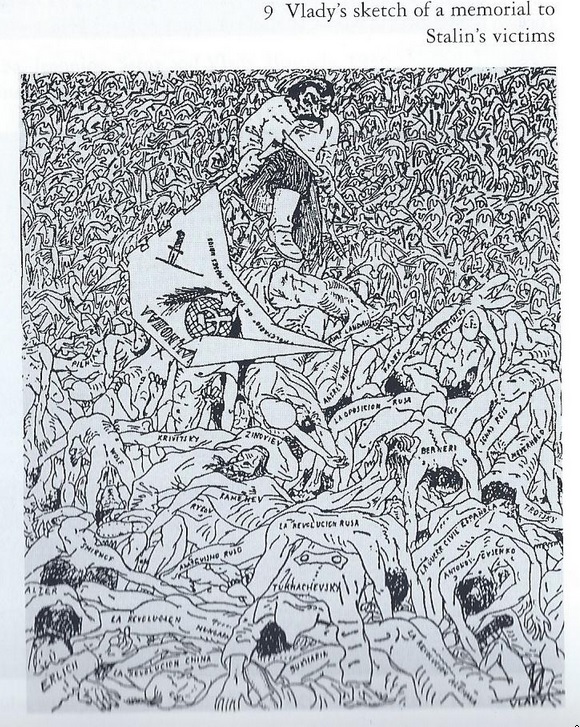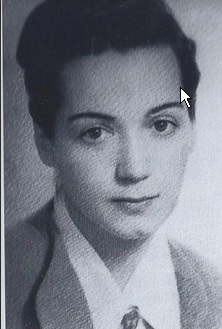I am reading “Bloodlands: Europe Between Hitler and Stalin”, where the American historian Timothy D. Snyder creates a convincing and new portrait of what the World War 2 was mainly about. Perhaps it does not “change our view of the 20th century” but it is certainly interesting reading, even for a reader who already has a couple of shelf meters of literature on World War 2 and has for long understood that the eastern front was decisive. Snyder laconically tells of death numbers, this can be a bit repetitive, it takes a while before the message sinks in. He shows the suffering of Poland, right in the middle of the “bloodlands”.
From the Nazi side, this was a race war, Snyder reminds us, not just a geographical war. And especially, it was changed into a race war, as the geographical war did not succeed. Victory over the Jews through the holocaust became the absurd “answer” of the Nazi regime to the lack of real war victories. Snyder makes a good point here. He calls it “surrogate victory”. He also makes a good point that Hitler was able to learn from the already established Stalinist killing methods, although he could have added other sources of inspiration also, including British methods of subordination, perhaps American. The Nazis generally were willing to learn from anyone regarding killing.
Perhaps Snyder overdoes the Stalin-Hitler connection a bit, although he wisely does not move into a conspiracy terrain. These were different social processes, even if they both ended up with unheard-of numbers of dead people. Ann Applebaum in Gulag – a history draws a line between a system that kills people on and off, like the Gulags, and a system designed for death, like the Nazi Holocaust, and she is right in my view. What Snyder contributes is evidence of extensive politically motivated murdering in the Soviet Union long before Hitler had much power to kill in Germany. People were not just put into Gulags, many were shot, with quota methods. Death by starvation was used as a method, whole regions could be starved to death.
Snyder’s portrait of Stalinist policy from the early 1930is is frightening, confirming the reports of Victor Serge (The Course is Set on Hope, described elsewhere on this site, writing about the great terror at the time.
Ironically, the evidence is also much in line with Marx’s theory (e.g. in Grundrisse and especially in “Results of the Immediate Process of Production”, appendix to Capital Vol. 1, Penguin, Harmondsworth 1978) regarding how modern power systems develop. They develop socially, before they become industrial – in Marx’s terms: formal and real subordination. Snyder’s new evidence on extensive Stalinist shootings fills out Applebaum’s Gulag evidence at this point. As more people were shot, the Gulag inmate status sunk from “erring comrade” to “enemy” and from there to “vermin”.
Here is a Vlady Serge (Victor Serge’s son) drawing from this book. This figure sums up Snyder’s new work regarding “socialist” Russia long before today’s historians could get the material. Snyder rightly calls the mass murder a counter-revolution.
The artist, Vlady Serge:




